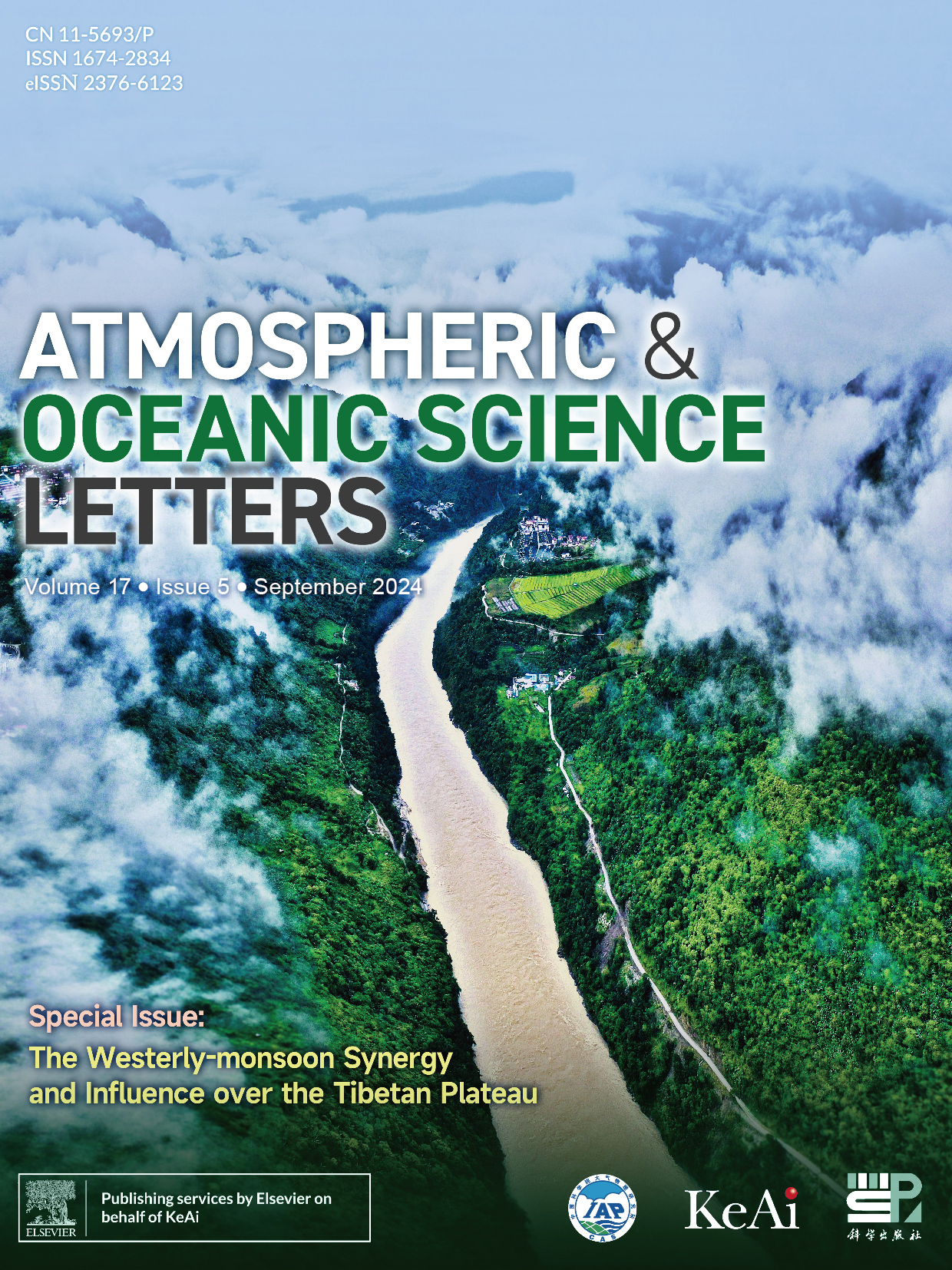The Largest and Highest Laboratory in the World—How the Qinghai-Tibet Plateau is Helping Us to Understand the Current and Future climate
Date:2024-09-19
Imagine the conductor of a vast orchestra stood not at the front, but in the middle of all the musicians, dictating how they work together and the music they produce. The musicians are not stationary; they move past each other and interact, but all the while still controlled by the unmoving conductor. In the atmospheric sciences, many such orchestras exist; and in the Asian midlatitudes, two key parts of the orchestra are a pair of atmospheric circulation systems—the midlatitude westerlies and the Asian monsoon—and the conductor, stood still at the heart and guiding the interplay between these two systems, is the Qinghai-Tibet Plateau.
In a recent special issue of the journal Atmospheric and Oceanic Science Letters (AOSL), a collection of eight papers by scientists from CAS Institute of Atmospheric Physics, CAS Institute of Tibetan Plateau, CAS Northwest Institute of Ecological Environment and Resources, University of Science and Technology of China, Chengdu University of Information Engineering, Wuxi University, Hohai University have been published that together provide a picture of our current understanding of how the Qinghai-Tibet Plateau, with its unique geographical position and characteristics, conducts this atmospheric synergy between the westerly and Asian monsoon systems. This is important not only for elucidating and predicting related hydroclimatic changes in the Qinghai-Tibet Plateau region itself, but also because these interactions have far-reaching impacts on the weather and climate of China, Asia, and even atmospheric circulations operating at the global scale.

The cover of the AOSL special issue on the westerly-monsoon synergy and influence over the Tibetan Plateau. (Image by AOSL)
Central to the findings reported in this compendium is the Second Tibetan Plateau Scientific and Research (STEP) program, initiated in 2017. This large-scale expedition focuses on understanding the intricate dynamics of the Qinghai-Tibet Plateau, including its geological, ecological, and atmospheric processes, within which the interplay of these processes with the westerly and monsoon circulation systems forms one of the key research objectives. As such, extensive sampling and systematic observations have been established across the Qinghai-Tibet Plateau, the data from which have yielded new evidence and insights into the underlying mechanisms of the interaction between these two systems, the role played by the Qinghai-Tibet Plateau, and their related responses and feedbacks to larger-scale phenomena such as climate change.
“Some specific highlights of these studies”, explains Professor LU Riyu from the CAS Institute of Atmospheric Physics, one of the Lead Editors of the special issue, “include how the improved observation network across the Qinghai-Tibet Plateau has boosted our understanding of water vapor changes, and how investigating land–atmosphere interactions and hydroclimate responses in high-altitude ecosystems has led to a clearer picture of the variation in the permafrost active layer, which of course has major implications for global warming given the carbon locked within its depths.”
Besides understanding these aspects in the here and now, another key focus of the research published in this special issue is the future projection of hydroclimate extremes and water availability, which of course is crucial for mitigating the impacts of climate change in this socioeconomically vital region and beyond.
“The Qinghai-Tibet Plateau stands as a critical focal point in global climate research, and its complex interactions with the westerly and monsoon circulation systems in this region serve to shape the climate both on a regional and global scale. The papers published in this special issue are a clear reflection of the importance of the current research efforts of the STEP program, as well as the need to continue addressing the significant challenges faced in this regard for future research endeavors,” concludes Professor LU.
